Search
Remove Ads
Advertisement
Summary 
Loading AI-generated summary based on World History Encyclopedia articles ...
Search Results

Definition
Roman Egypt
The rich lands of Egypt became the property of Rome after the death of Cleopatra VII in 30 BCE, which spelled the end of the Ptolemaic dynasty that had ruled Egypt since the death of Alexander the Great in 323 BCE. After the murder of Gaius...
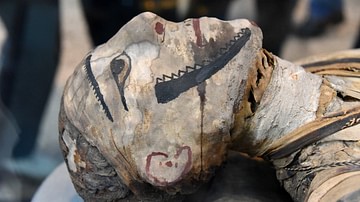
Image
Head of a Mummy from Ptolemaic-Roman Egypt
This is the upper part of the mummy of an unknown young man; probably, his age was below 21 years. The rest of the mummy is intact but is not shown here. The mummy was discovered in the 1820s. The elaborate preparation of this mummy is highly...
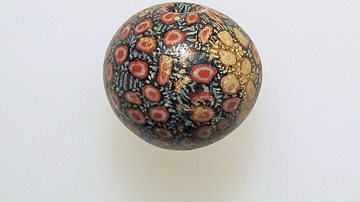
Image
Mosaic Glass Bead from Roman Egypt
This 1st Century CE Millefiori-formed glass bead from Alexandria, Egypt is a part of the collection at the Metropolitan Museum of Art, New York. On its surface is a complex and beautiful pattern of multi-coloured stars, stripes and flecks.
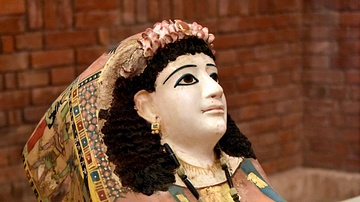
Image
Mummy Mask from Early Roman Egypt
Stucco on linen mummy mask of a woman dating to the early Roman period, beginning of the 1st century CE. The headdress, earrings, two necklaces, rings, and bracelets were prominently imitated. The black curly hair was imitated from dyed flax...
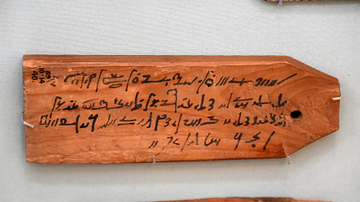
Image
Mummy Label from Roman Egypt
This is a pinewood mummy label of Tasherithorsiese. She was the daughter of Pa-Akhem-Hor and Tasheritpashy. There are four lines of a demotic script; the other side (not shown) contains 3 lines of Greek inscription. Roman Period, 2nd century...
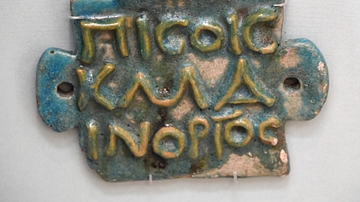
Image
Mummy Label from Graeo-Roman Egypt
This mummy label was made of green glazed composition. There is a large suspension loop at the upper margin. A Greek inscription can be seen. Graeco-Roman Period, 332 BCE to 380 CE. From Egypt, precise provenance of excavation is unknown...
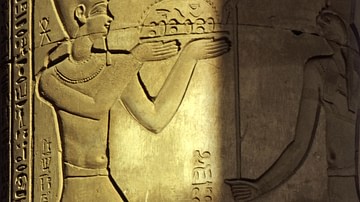
Definition
Ptolemy XIII Theos Philopator
Ptolemy XIII Theos Philopator (The Father-loving God, born 62/61 BCE, died 47 BCE) was pharaoh of Egypt from 51 BCE until his death. His reign began as co-ruler with his sister, the famous Cleopatra VII, following the wishes of their father...
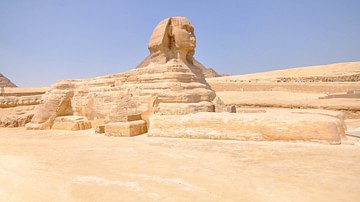
Definition
Ancient Egypt
Egypt is a country in North Africa, on the Mediterranean Sea, and is home to one of the oldest civilizations on earth. The name 'Egypt' comes from the Greek Aegyptos which was the Greek pronunciation of the ancient Egyptian name 'Hwt-Ka-Ptah'...
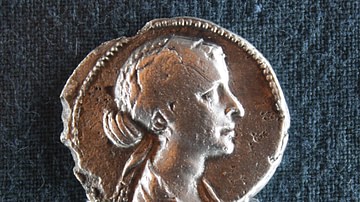
Lesson
Ptolemaic Dynasty in Ancient Egypt
We have prepared one lesson plan including classroom activities, assignments, homework, and keys as well as: Open questions adaptable for debates, presentations, and essays Recommended resources to provide you and your students with a...

Definition
Cleopatra VII
Cleopatra VII (l. c. 69-30 BCE, r. 51-30 BCE) was the last ruler of Egypt before it was annexed as a province of Rome. Although arguably the most famous Egyptian queen, Cleopatra was actually Greek and a member of the Ptolemaic Dynasty (323-30...